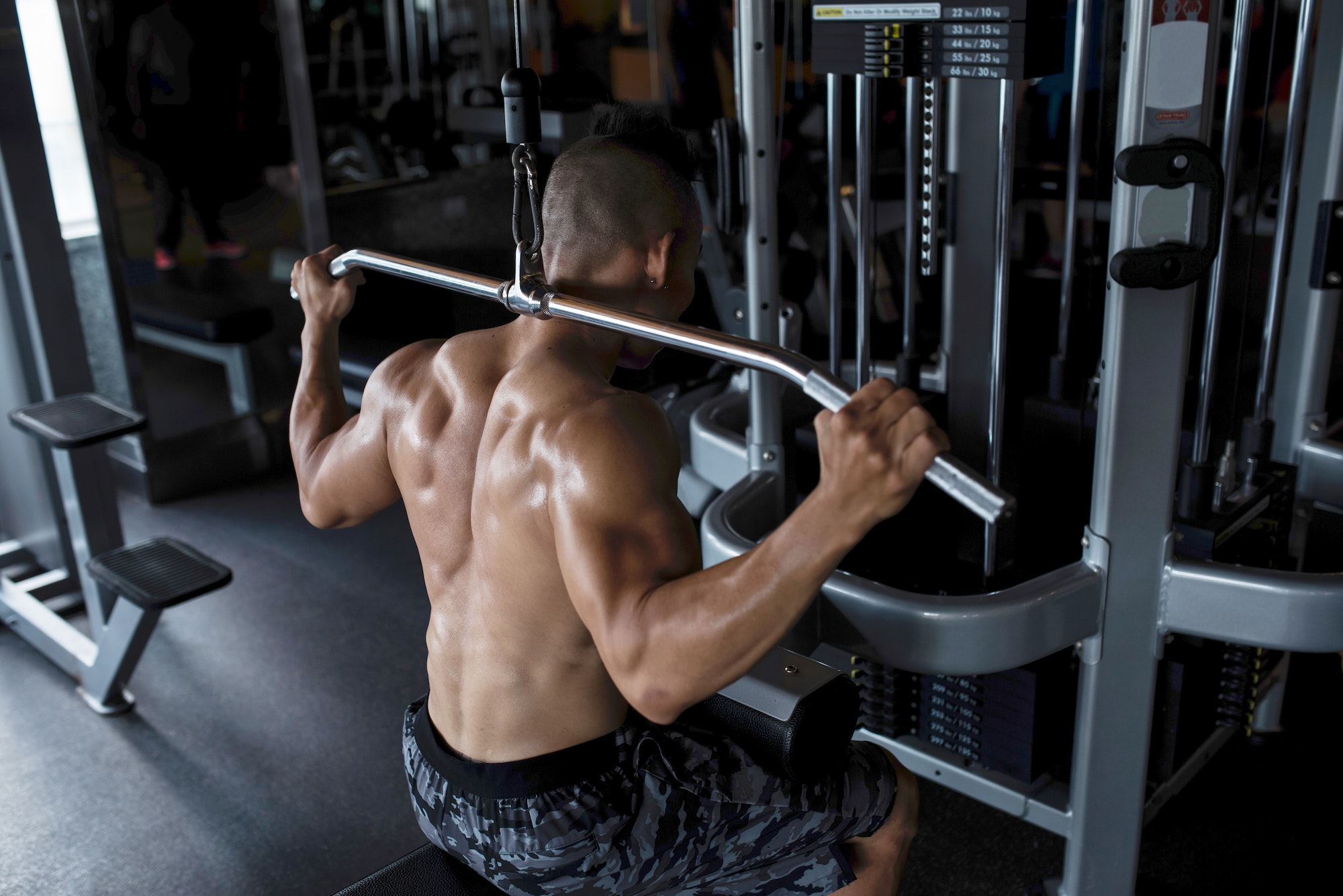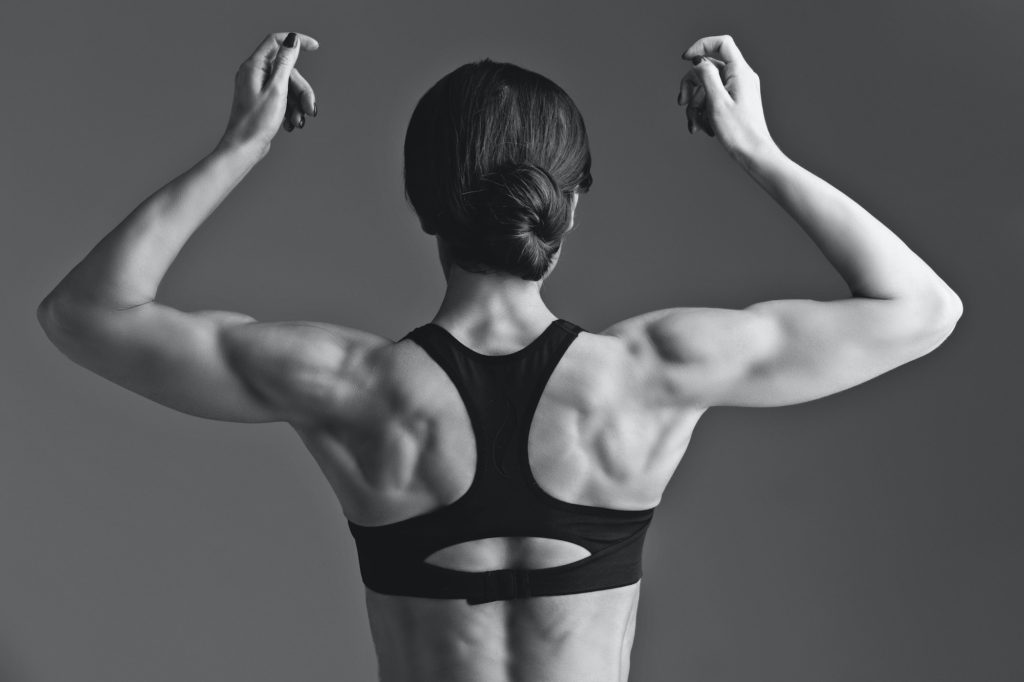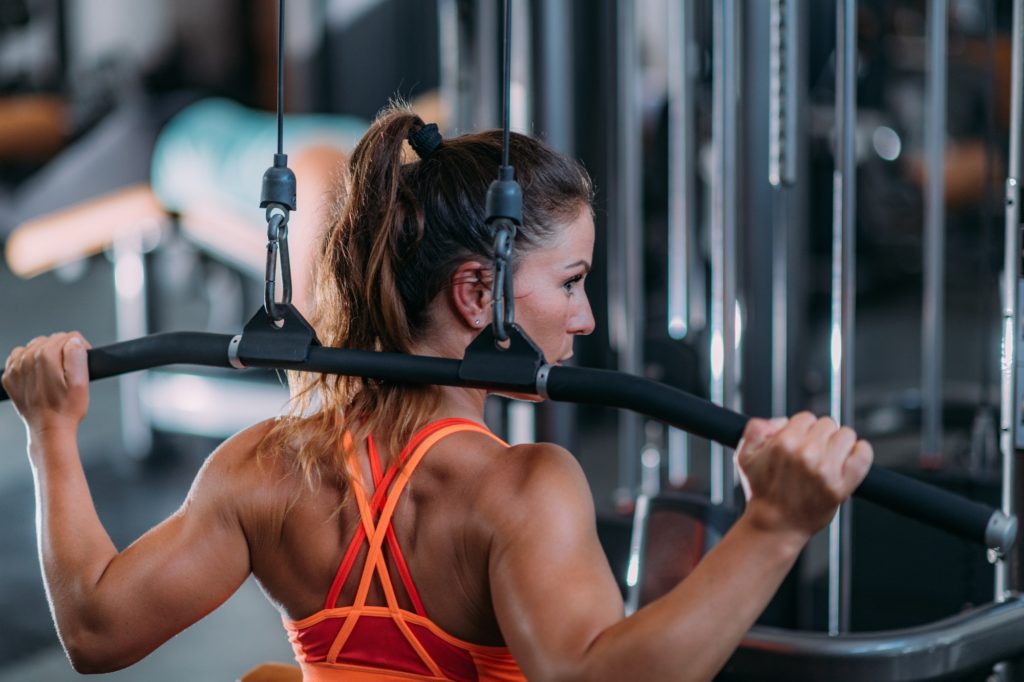Build A Strong Back With Lat Pull-Downs

Building a strong back is essential for maintaining good posture and overall strength. One of the most effective exercises for achieving this is the lat pull-down.
This cable-based exercise targets the latissimus dorsi muscles and can be modified with variations in grip width, style, or torso angle. Wrist straps can be used to compensate for grip strength limitations, making this exercise accessible to individuals of varying fitness levels.
The benefits of lat pull-downs go beyond just building a strong back. This exercise can also improve grip strength, shoulder stability, and help prevent injuries. With constant tension on the muscles, the lat pull-down is a great addition to any workout routine.
In this article, we will explore the proper technique and form for performing lat pull-downs, discuss the necessary equipment and level of difficulty, and provide alternative exercises for those looking to mix up their routine.
Equipment and Level
The exercise requires the use of a cable machine and is rated at an intermediate level. This means that individuals who have some experience in weightlifting can perform this exercise with proper technique and form.
The cable machine provides constant tension on the muscles, allowing for a more controlled and effective workout. Additionally, the use of wrist straps can be helpful for individuals with grip strength limitations.
To ensure a safe and effective workout, it is important to use appropriate equipment and adjust the weight according to one’s fitness level. Proper warm-up exercises and stretching should also be done before performing the lat pull-down. It is crucial to maintain proper form and avoid swinging or jerking movements to prevent injury.
Overall, the lat pull-down is a valuable exercise for building back size and strength, but it should be performed with caution and under the guidance of a qualified trainer.

Technique and Form
Proper technique and form are crucial when performing lat pull-downs in order to effectively target the latissimus dorsi muscles and avoid engaging other muscle groups, such as the forearms, and to ensure optimal results.
To begin, the starting position involves holding the bar with palms facing forward and bringing the torso back around 30 degrees with a curvature on the lower back and chest sticking out. The bar should then be brought down until it touches the upper chest, squeezing the back muscles. It’s important to note that the upper torso should remain stationary and only the arms should move. The forearms should do no other work except for holding the bar.
In addition, variations in grip width, style, or torso angle can be added for variety. However, it’s important to maintain proper form throughout the exercise. The use of wrist straps can also be helpful for those with grip strength limitations. It’s also important to avoid the behind the neck variation, as it can place unnecessary stress on the shoulders.
Overall, by focusing on proper technique and form, individuals can effectively target the latissimus dorsi muscles and achieve a strong back through lat pull-downs.

Exercise Steps
Alternative exercises that target the same muscle groups as the lat pull-down include pullups and wide-grip rear pull-up.
Pullups are a body-only exercise that targets the lats, biceps, and shoulders. The exercise involves hanging from a bar with palms facing away from the body and pulling the body up until the chin is over the bar.
Wide-grip rear pull-up is another body-only exercise that targets the lats and upper back. The exercise involves hanging from a bar with palms facing away from the body and pulling the body up until the chest touches the bar.
While pullups and wide-grip rear pull-up are effective alternatives to the lat pull-down, they may not be suitable for all individuals. These exercises require a certain level of upper body strength and may be difficult for beginners or those with physical limitations.
It is important to consult with a fitness professional to determine the appropriate exercises for your fitness level and goals.


